Recently,a giant sialolite the size of an adult’s tooth was discovered in the lower jaw of a 37-year-old man.
Initially, an impacted tooth was considered to be the cause of severe edema and pain that the patient complained of.

But during an ultrasound scan, the doctors saw a large object two centimeters long in the lower right salivary gland.It was definitely not a tooth. An operation was adviced during which a giant sialolith was removed from the patient’s jaw. Soon after, the pain and swelling decreased.
Salivary stone disease affects 12 out of 1,000 adults per year.Basically, it affects men aged 25 years – 40 years, almost exclusively. The submandibular gland is most commonly affected.

The sizes of stones vary from a few millimeters to several centimeters, and formations larger than 1.5 cm are extremely rare.
However, in some clinical cases, stones up to 3.5 cm in size are mentioned, as in the radiography shown below.

The stones themselves are most often formed from calcium phosphate or calcium carbonate, as well as from some salts and proteins, magnesium, potassium and ammonia.
The exact causes of the formation of deposits in the salivary glands have not yet been established. Allegedly, risk factors are impaired calcium metabolism, a lack of vitamin A.
There is a hypothesis that this happens when the body begins to produce more bicarbonate in saliva, which leads to the accumulation of calcium phosphate. According to other sources, the cause may be microorganisms or epithelial cells stuck in the salivary glands.
None of these explanations are mutually exclusive.
Still, the main treatment for the disease is the surgical removal of stones.Cases of relapses were also recorded, so experts recommend periodic examinations to avoid relapse.
Source:

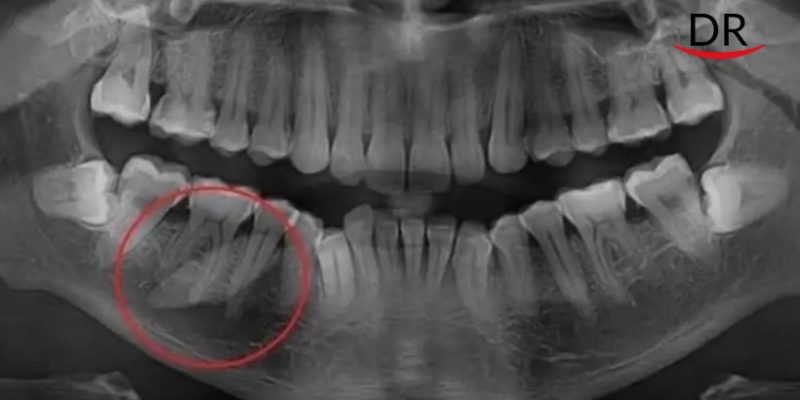



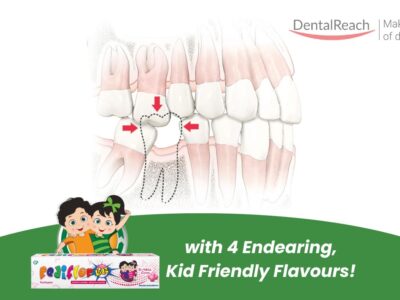
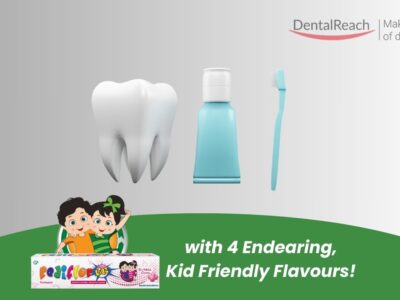
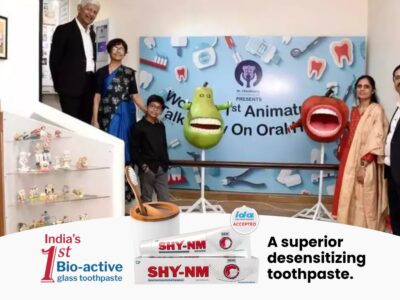

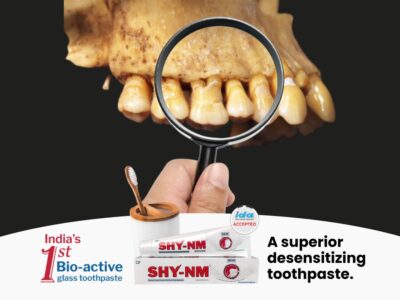
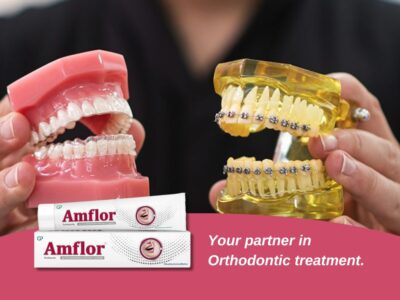









Comments